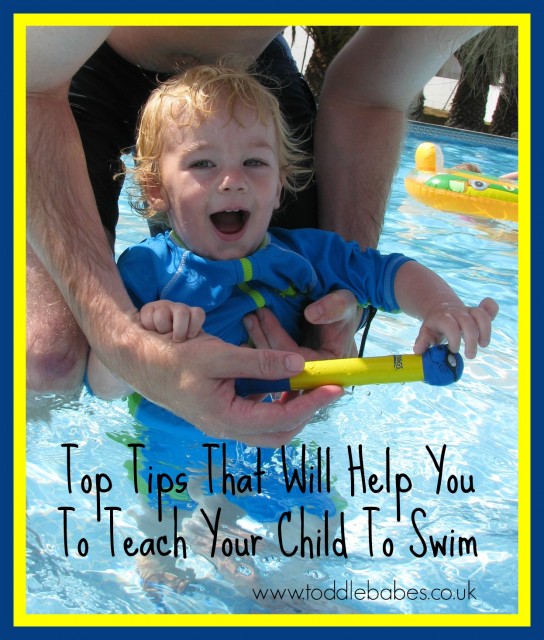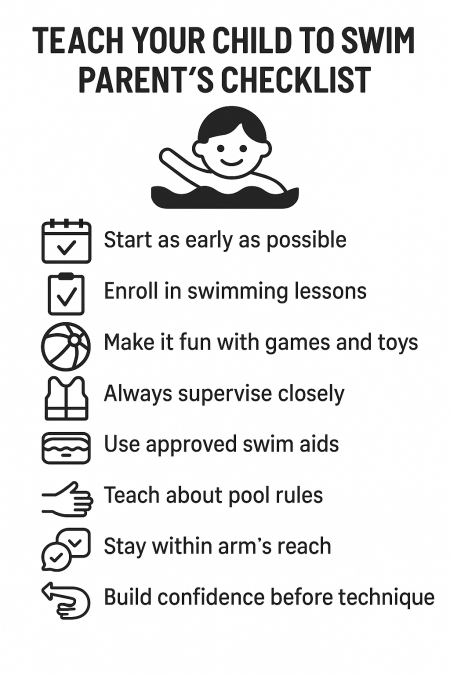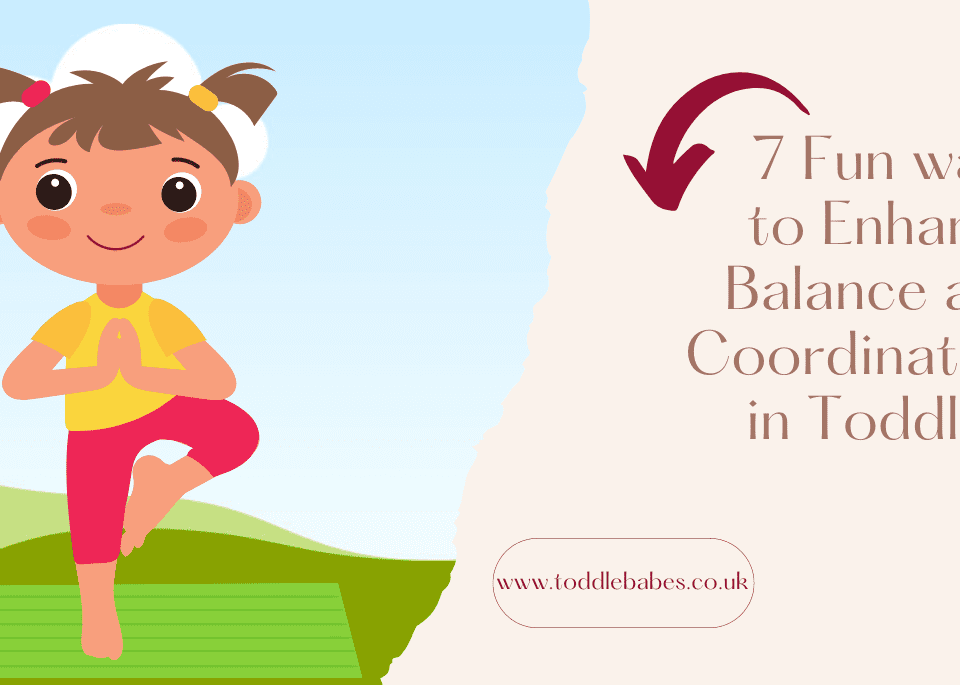
Does you child have healthy eyes?

5 Simple Ways To Encourage Your Child To Love Music

Table of Contents
Teach Your Child to Swim: Water Safety Starts Here
Teaching your child to swim is one of the most important life skills you can give them. It’s not just about splashing about on hot days—it’s about safety, confidence, and independence in and around water. Whether you’re guiding them yourself or joining lessons, these tips will help you get started and stay safe.
33 Easy Ways to Improve Physical Development in Toddlers
Start Young
Introduce your little one to water as early as possible. Whether it’s splashing in the bath, paddling in the shallows, or parent-and-baby sessions at the pool, early exposure builds confidence and comfort. The earlier they get used to being in the water, the less likely they are to fear it later.
When you teach your child to swim, introduce them to poolside rules early, like sitting to wait for their turn, walking (not running!), and always waiting for your permission to enter the water.
Be Prepared
Even if they’re wearing swim aids, never take your eyes off your child around water. Armbands and float suits can be helpful tools, but they’re not life-saving devices. Stick to teacher-approved aids like foam noodles or swim vests that support without doing all the work.
Avoid inflatable toys as flotation—if they deflate or flip, your child could be at risk.
Toddlers can get a little overexcited, which sometimes leads to swallowing water. A quick toilet trip before you swim, and waiting 30–60 minutes after eating, can help keep them comfy.
If your child’s still in nappies, make sure they’re in waterproof swim ones.
Make it Playful
If you teach your child to swim it shouldn’t feel like a lesson—it should feel like fun! Blow bubbles, chase floating toys, sing songs, and play simple pool games. You’ll help your child associate water with happy memories and reduce fear.
Some pools offer quieter toddler-friendly sessions, which are ideal for little ones who may be nervous. Fewer splashes, less noise, and more space mean a calmer, happier experience for both of you.
5 Brilliant Ways to Enhance Gross Motor Skills
Confidence First, Technique Later
Forget perfect strokes for now—focus on building trust and confidence. Encourage floating, kicking, and getting their face wet in small steps. If they’re hesitant, don’t push. Praise every effort, even the small ones. You can always return to a skill later when they’re ready.
Lay Down the Rules before you teach your child to swim
Before even dipping a toe in the water, set clear boundaries:
-
Never go near or into water without a grown-up.
-
Always check if there’s a lifeguard and point them out.
-
Read the pool rules together: no running, no diving unless allowed, and pay attention to depth markers.
Let them know you’re in charge of safety—if they can’t follow instructions, the swimming stops. That boundary protects them (and helps you stay calm).
Stay Within Arm’s Reach
Until your child is a strong, confident swimmer, always stay within a couple of feet. Swim alongside them or just behind, ready to step in if needed. Show them where the pool gets deeper and agree on “safe zones” where they can play.
If you’re not going into the pool, stick to the shallow end and keep a constant eye—children can get into trouble in seconds.
Be Patient
Every child learns at their own pace. If they’re uncomfortable with something, don’t force it—just step back and try again later. With regular practice, encouragement, and consistency, their confidence will grow.
Don’t just teach your child to swim, teach Sun Safety too
Swimming often means long sunny days outdoors. Don’t forget:
-
SLIP on a top (like a rash vest),
-
SLAP on a hat,
-
SLOP on some sunscreen—SPF 30+ and water-resistant.
Reapply often, especially after swimming.
Take a look at the links below for top rated sun safety goodies that’ll make your life easier…
Marvel Spiderman Sunglasses Baseball Cap Set for Kids
NIVEA Sun Kids Protect & Care SPF 50+ Roll On
Rash Vest Kids Two Piece Swimming Costume with Board Shorts
Bonus Tip: Teach Them What to Do If They Fall In
It’s something we hope never happens—but accidents do. Teach your child to turn around and grab the wall if they fall in. Practice it as a game. You can also show them how to float on their back while calling for help. It’s a potentially life-saving skill that builds both awareness and confidence.
Teach Your Child to Swim: Parent’s Checklist
-
☐ Start Early
Introduce your child to water play and pool safety from a young age. -
☐ Use Approved Swim Aids
Avoid water wings and inflatables. Choose teacher-recommended float aids. -
☐ Make It Fun
Play games and explore water together. Keep it joyful and pressure-free. -
☐ Don’t Rush Technique
Focus on building confidence before teaching strokes. -
☐ Always Supervise
Stay within arm’s reach—even if your child can float. -
☐ Teach Listening Skills
Talk about lifeguards, pool rules, and the importance of listening. -
☐ Swim on an Empty Stomach
Wait at least 1 hour after meals; take toilet breaks first. -
☐ Show Pool Depths
Point out depth changes and agree on safe zones. -
☐ Praise Progress
Celebrate small wins, whether it’s a bubble blow or a float. -
☐ Be Sun Smart
Slip on a top, Slap on a hat, Slop on sunscreen.
Download a printable version here
Looking for a great garden pool to teach your child to swim in? The Intex 10ft x 24-inch Easy Set Pool is a brilliant, budget-friendly choice for families with toddlers to tweens. Just remember: even in paddling pools, supervision is everything.

I am a preschool and primary school teacher and mum to 3 children. I have been involved in education since 1997 and have trained in a variety of educational specialist areas. It is with this expertise that I write articles to help parents and educators provide quality learning experiences for the children in their care.





